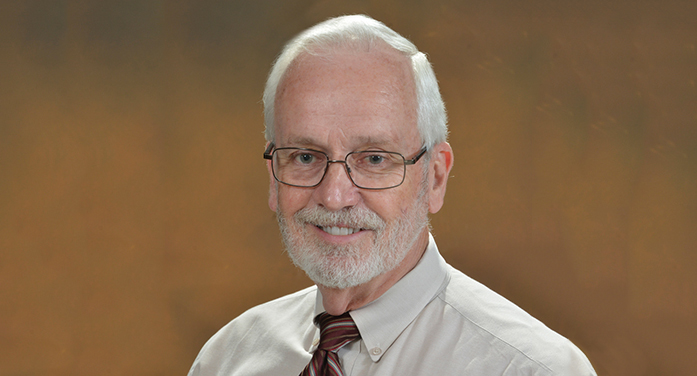If you are one of those among us who look at the Presidential race and wonder who’s winning this week, then you are probably familiar with the multitude of “preference polls” that purport to say that, for example, Hillary Clinton leads at present by 48% to 42% among registered voters. You might very well ask yourself, what does that mean? The election is still months off!
Polling has become very sophisticated over the past several presidential cycles, with a number of polling companies funded by news organizations, by political entities, and in some cases by the candidates themselves. Some polling companies no doubt exist to tell their client what they want to hear, and craft their polls to give them that particular answer. But others, including those serving the major news networks, don’t work that way. They stake their reputations on accuracy: how well do their polls express reality, when the actual votes are counted?
Here is one error that all the companies now know to avoid: asking large numbers of voters to fill out questionnaires, and then just counting the results from the questionnaires returned. That leads to what is described in Statistics textbooks as “Voluntary Response” bias. When I teach polling to my Statistics students we go over that very thing (this past week, in fact), and how it skews results. Professional polls avoid that by selecting a cross-section of probable voters randomly, providing an incentive to respond to the poll (in an unbiased and anonymous way), and allowing an answer of “undecided.” Otherwise they would be forcing the respondent to make a choice when in reality they might not have decided yet, and that skews the results too. “Voluntary Response” bias is the same bias that would exist if you were to base polling on the numbers of people who come to this as opposed to that political rally. Conducting surveys like that really only sample people who care to be involved today rather than all those likely to vote later on. What an accurate poll needs to do is to take a sample drawn totally randomly from a representative cross-section of all who are likely to vote – not an easy task. Reputable polling companies do exactly that, and they have gotten good at it.
These days polls are very professional; they have to be, because of “market pressures” on all the polling organizations. Those proved wrong won’t be rehired for the next cycle. The major uncertainty in highly computerized 2016 is not poor or biased polling (intentional or otherwise), but the number of voters who change their mind and/or decide late in the process – especially this year. And, not coincidentally, that is the target audience for political advertising. Given that some information is inherently uncertain (such as September predictions about November elections), you can rest assured that all those polls showing Hillary significantly ahead are accurate – today. Maybe not tomorrow or next month, but accurate today. One of the best, statistically, is Nate Silver’s “Five Thirty-Eight.” He called every single state correctly in 2012. If you’re interested, go here: http://projects.fivethirtyeight.com/2016-election-forecast/
Robert Scott


One Response to "Political Polling"